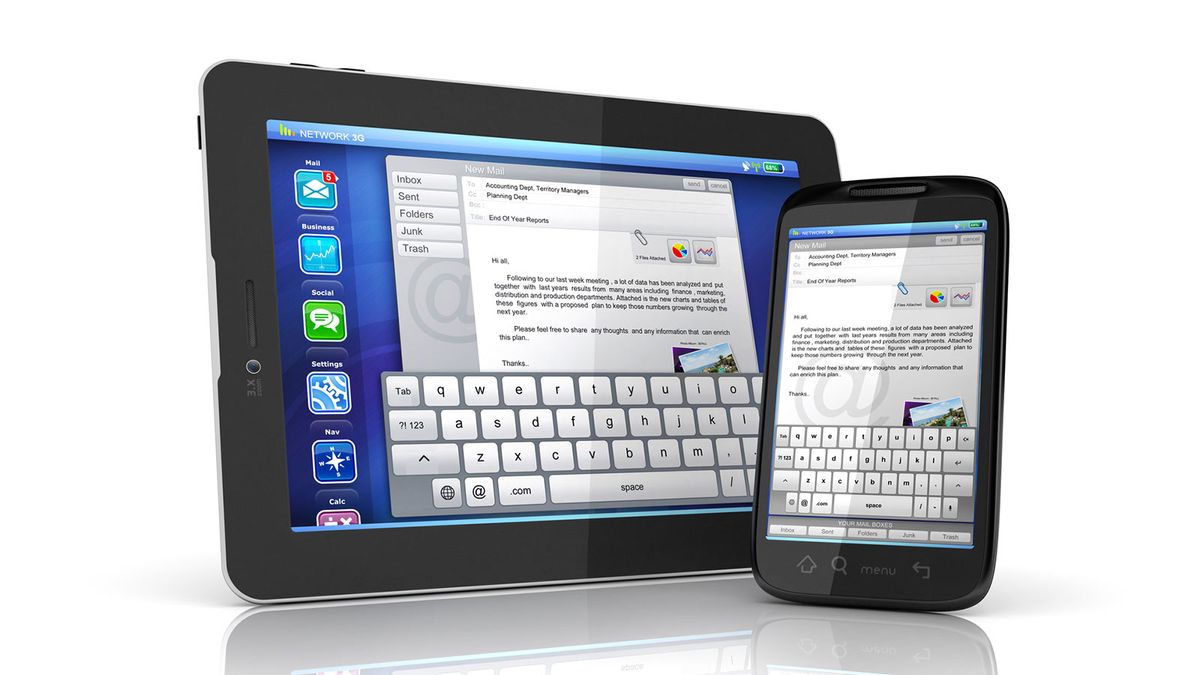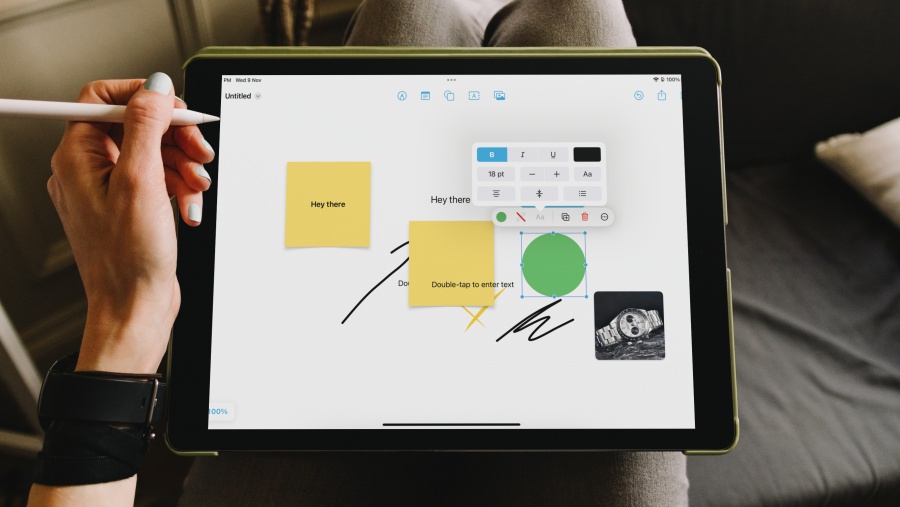

In 1874 Remington & Sons manufactured the first commercial typewriter, called the Sholes and Glidden Type Writer, or Remington Number 1. This typewriter used a mechanism designed by Christopher Latham Sholes and Carlos Glidden. The two men and Samuel Soule patented the design. Later, looking for funding to continue their work, Sholes contacted a former business partner named James Densmore. He encouraged Sholes to improve his designs while buying out Glidden and Soule’s shares in the venture when they left.
To manufacture the new device, Densmore and his associate George Washington Yost reached out to E. Remington and Sons, which was looking for new sources of income after the American Civil War when the need for firearms began dropping off. The company had already started making sewing machines, and soon agreed to manufacture the new typewriter, too. Perhaps uncoincidentally, it looked a lot like a sewing machine.
But the QWERTY keyboard design wasn’t used on the first machines. Originally, the inventors planned to use a two-row keyboard with the letters in alphabetical order. The QWERTY keyboard layout wasn’t patented until 1878, after Remington’s first typewriters were already on the market.
The Sholes and Glidden machines used a mechanism in which each key on the keyboard connected with a metal bar with the corresponding letter. When a key was struck, a linkage swung the bar into a tape, or ribbon, coated with ink. The character hit the ribbon and created an impression of the character onto the paper, which was positioned behind the tape. The bar then settled back into place until the key was pressed again.
Unfortunately, as Sholes realized, typewriters using this design had a significant problem. The faster someone typed with these machines, the less time each letter bar had to return to place before another rose to strike the ribbon. They often collided with each other and jammed the machines. The popular story goes that Sholes created the QWERTY keyboard with the most common letters in hard to reach spots, to slow typists down and try to avoid this problem.
That may be the story, but as it turns out, Densmore was probably the one who came up with QWERTY. The layout was probably created so that common two-letter combinations were on opposite sides of the keyboard or between the typist’s two hands for efficiency. But it wasn’t long before people started analyzing the QWERTY design to see if there was an alternate layout that was better.








